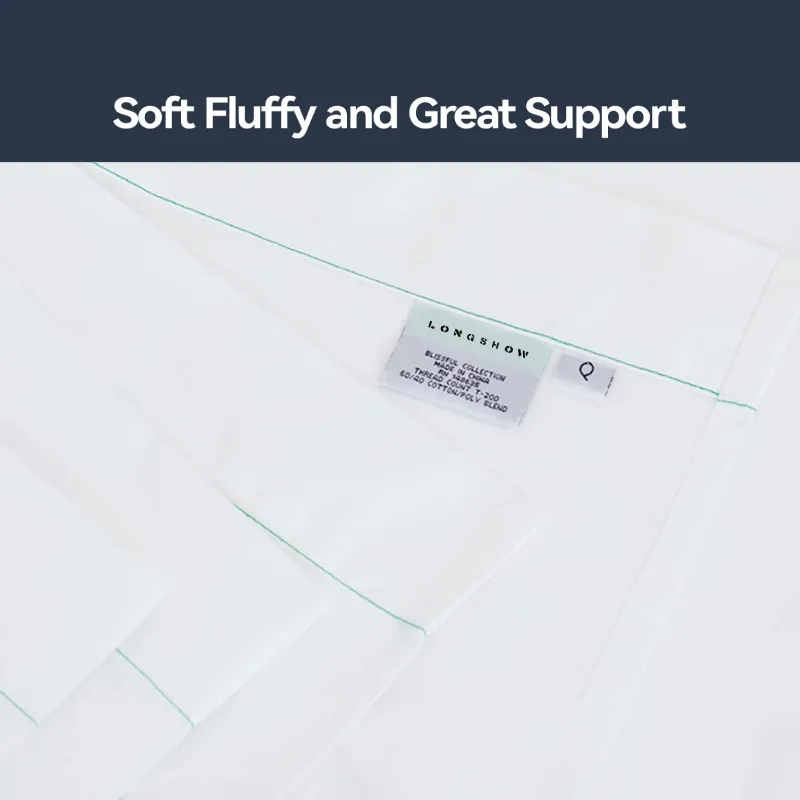When choosing pack and play sheets for your child, there are a few things to consider

pack and play sheets. First, make sure to choose sheets that are made of soft, breathable fabric. This will help to keep your baby comfortable while they sleep and reduce the risk of overheating. Look for sheets that are machine washable and easy to clean, as accidents are bound to happen with young children.
...
2025-08-15 03:23
278